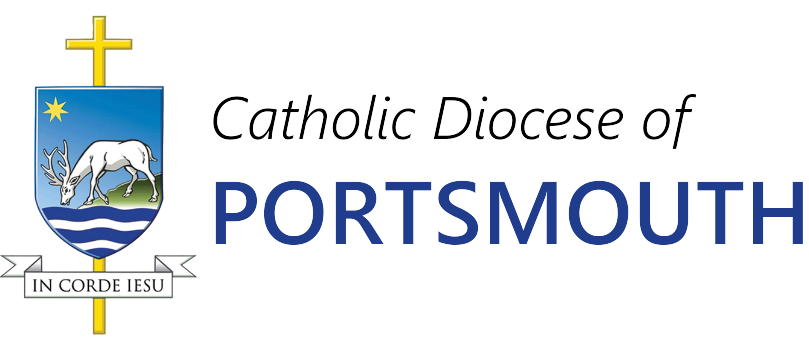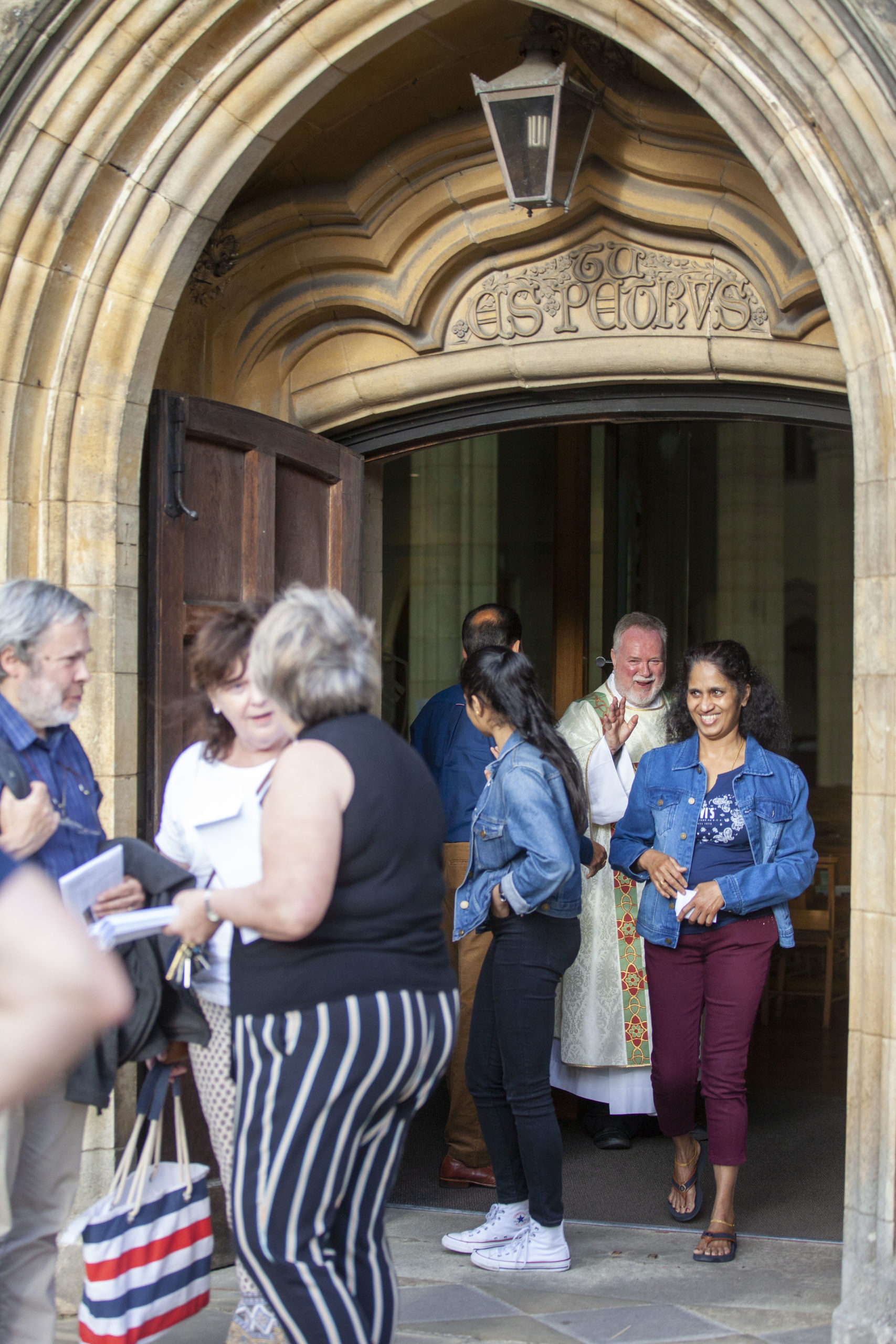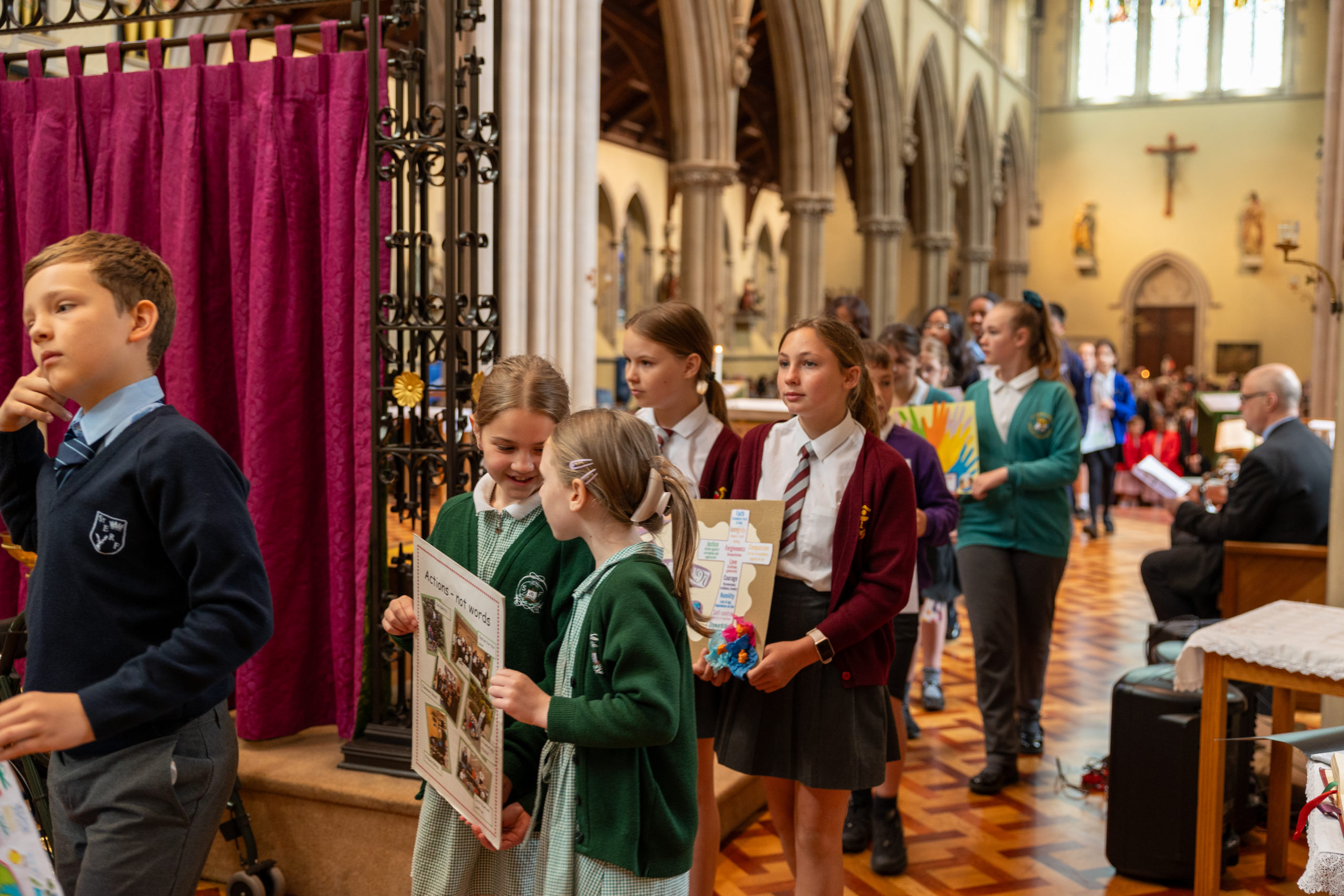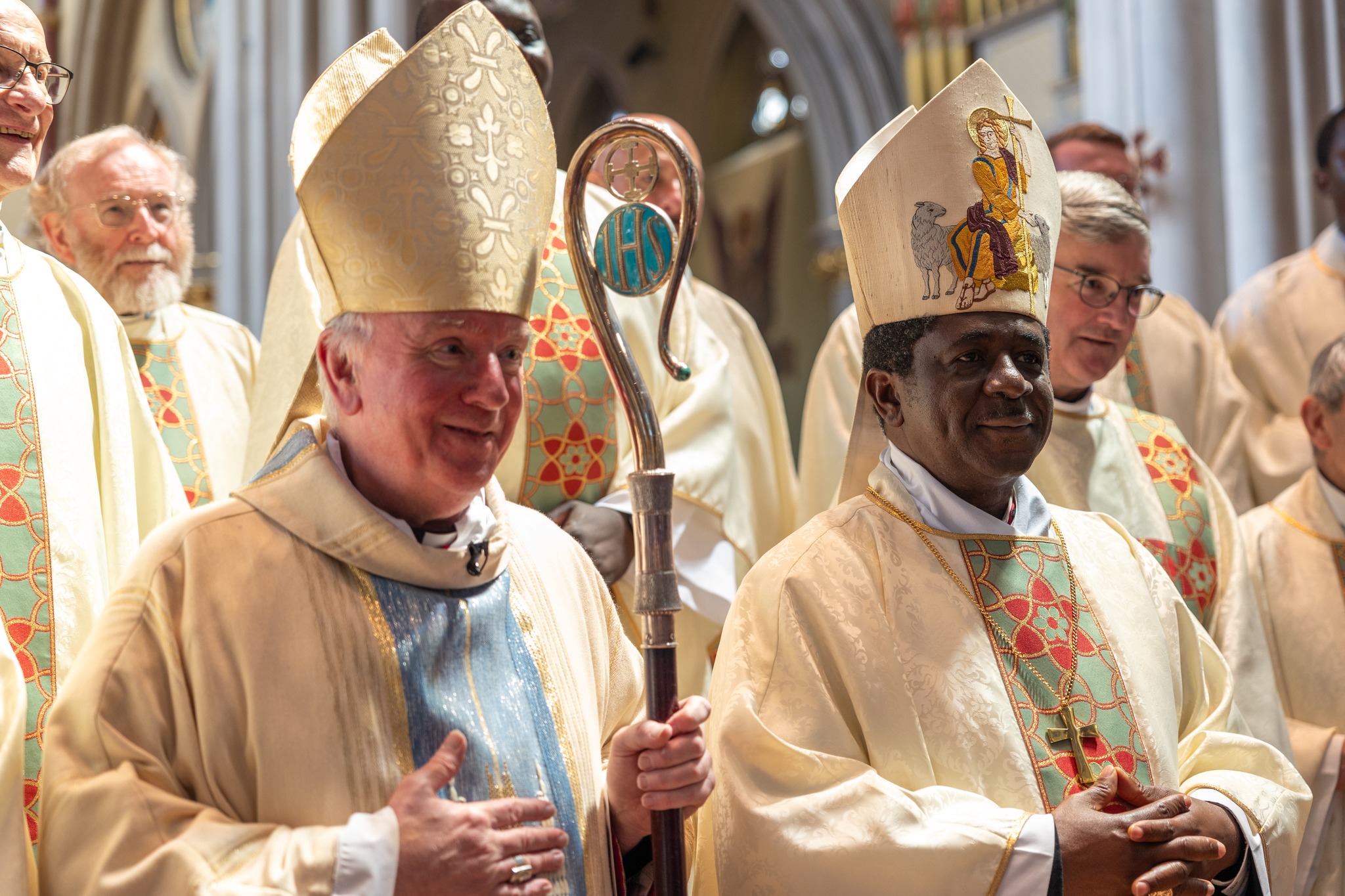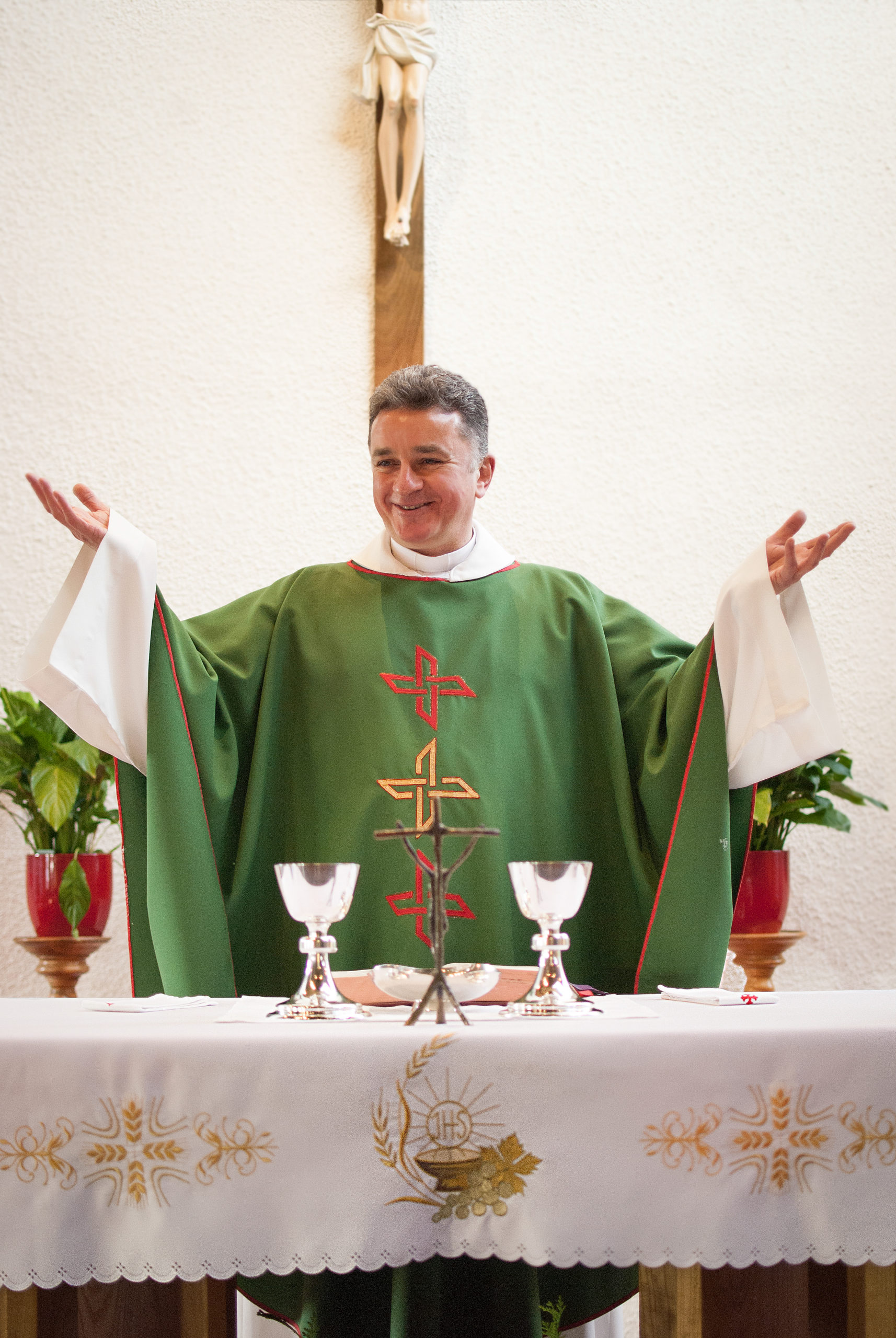Quarr Abbey Art Gallery: January 16 – February 25, 2025
Gallery opening hours: 10am (11am on Sundays) – 4pm daily
Free admission. Donations are welcome.
The year 2032 will be the 900th anniversary of the foundation of Medieval Quarr Abbey. We will present an exhibition, the fourth in a series for our 10-year ‘Two Abbeys Journey, 2022 – 2032, on the architecture of both our medieval and modern abbeys, under the theme of ‘Beauty’. The architect for our modern abbey was a monk, Dom Paul Bellot. We look at his understanding of ‘Beauty’ in architecture and see how this compares with the architectural style of our medieval abbey.
Schooled in the theology and philosophy of St Thomas Aquinas, it was natural for Dom Bellot to draw on this great medieval thinker for his ideas on aesthetics. For the medieval period, life was something wholly integrated. The value systems of a culture are related to one another. The strategy philosophers developed for this integration involved the doctrine of the Transcendentals: The ‘One’, the ‘True’ and the ‘Good’. ‘Beauty’, though not in itself a Transcendental, came under an aspect of the ‘Good’.
But changes took place from the Renaissance onwards. A divorce began to grow between art and the spirit in the tradition of classical and medieval architecture. It was Dom Bellot’s great concern to set about the healing of this divorce. His underlying theme for all his work was ‘innover selon la tradition’: to innovate within tradition. He wrote that ‘truth is, by nature, progressive, in the sense that it tends not to transform itself … but it grows in the manner of something living.” Dom Bellot was the architect of many other religious buildings in various countries, and he became an architect of international repute.
Medieval Quarr was founded in 1132. It maintained the classical style of architecture of that time, in a transition period from Romanesque to Gothic. Despite the differences between the Cistercian and earlier Benedictine monasteries, the Cistercians still preserved the same understanding of Beauty in its structure as that of the classical view. We look at the similarities and differences of both. We pay a particular attention to the Liturgy which is at the heart of every Catholic monastery and therefore forms a fundamental backbone to the architectural design.
For more articles like this, see the e-News page here.
Recent Posts
We are proud to announce that St Joseph’s Church, Newbury, has been awarded Grade II Listed status by the Secretary of State for Culture, Media and Sport and has been [...]
At a special Mass to welcome the new Apostolic Nuncio to Great Britain, Cardinal Vincent Nichols described the Catholics of England and Wales as "a faithful people" with a "depth [...]
Of your charity, please pray for the repose of the soul of Fr Brian Croughan, who died on 29th April 2023. He was a priest of our diocese for almost [...]
This Friday, 19th May 2023, is the Feast of the Dedication of our Cathedral Church of St. John the Evangelist here in Portsmouth. It is in fact the 141st anniversary [...]
